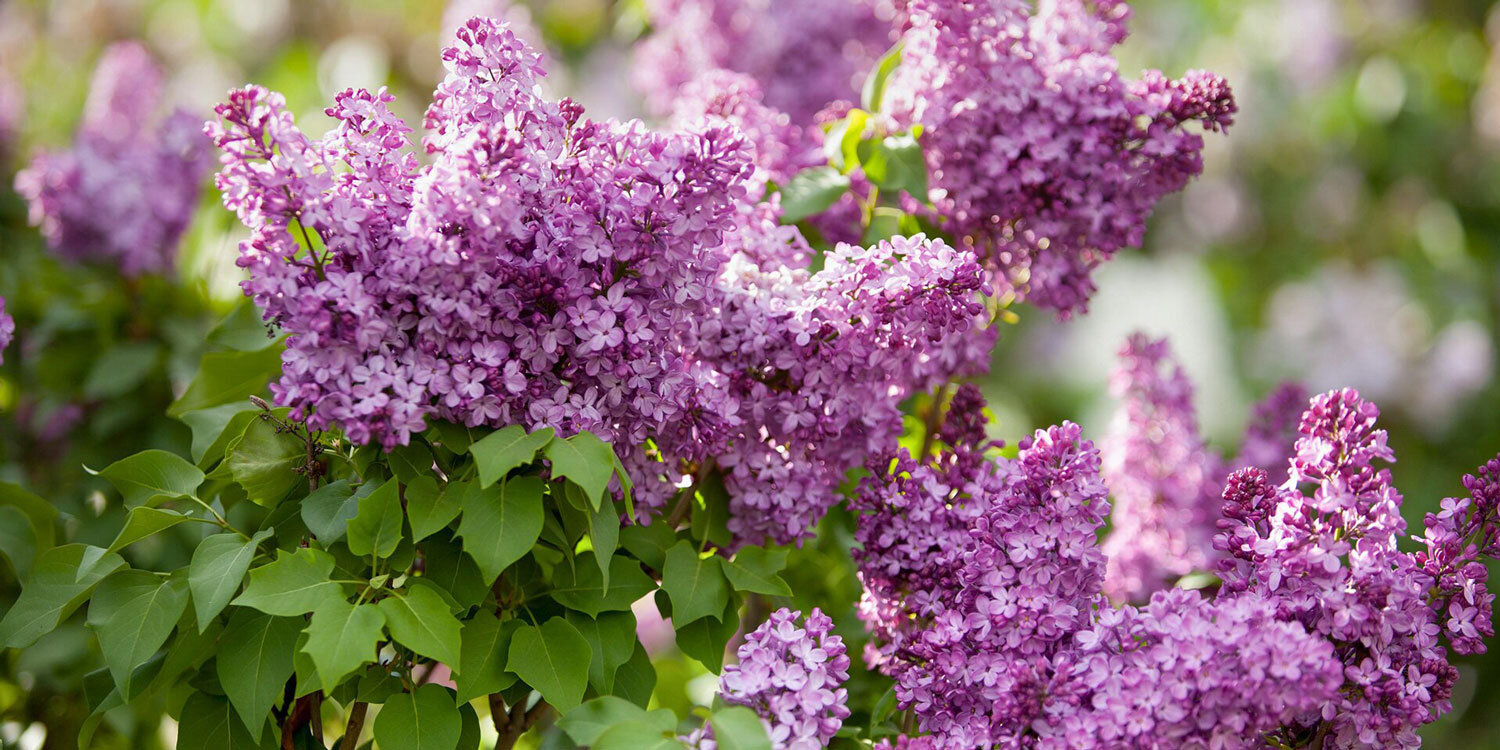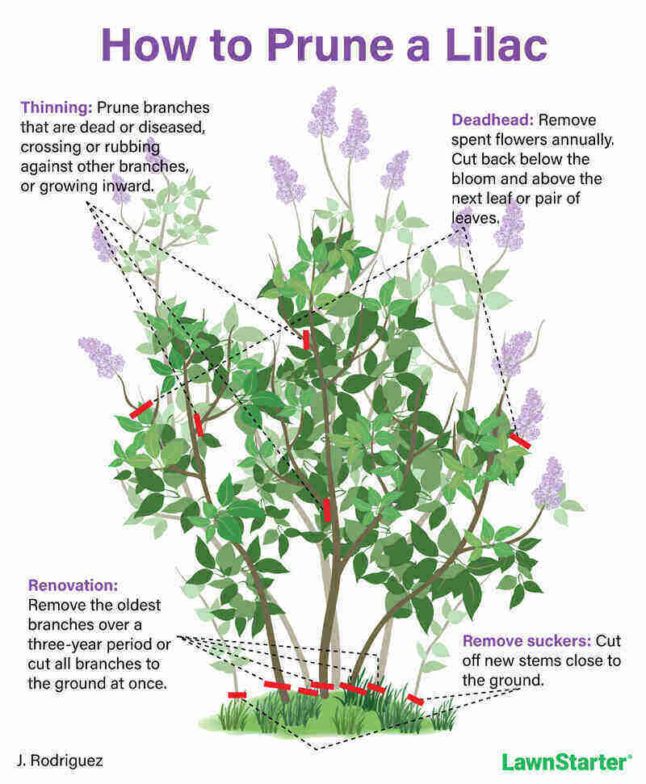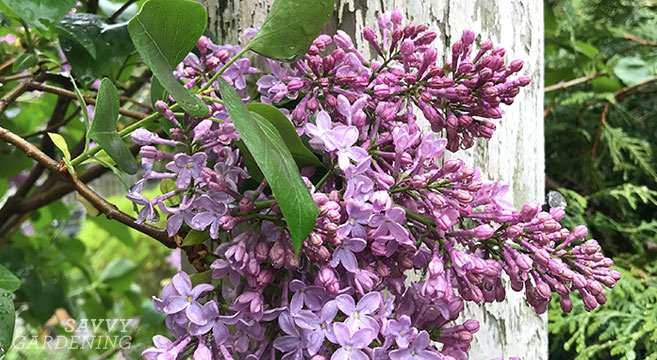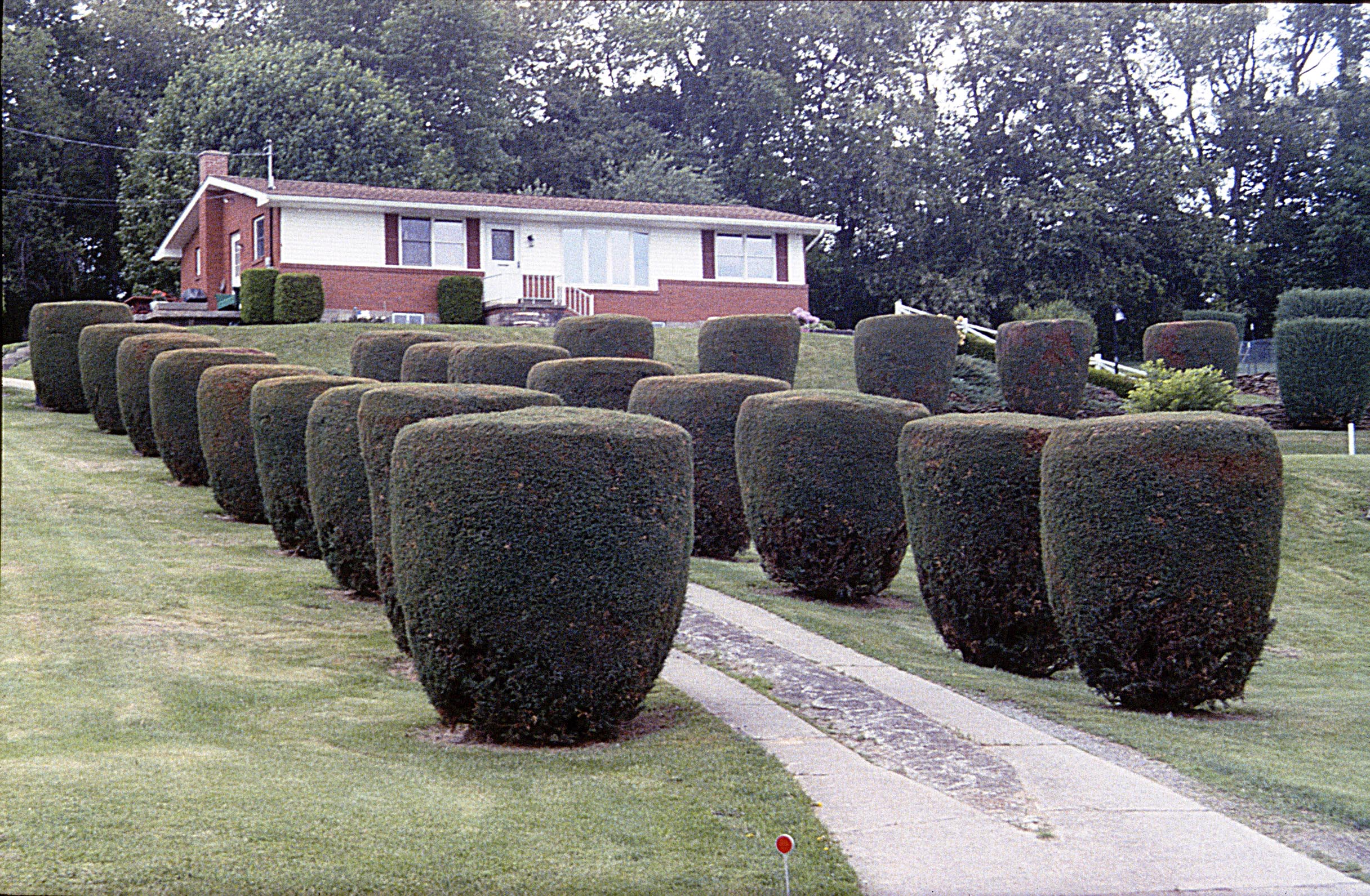How To Trim Lilac Bushes For A Beautiful Bloom
Title: How to Trim Lilac Bushes for a Beautiful Bloom
Introduction:
Lilacs are beautiful and fragrant shrubs that can add a touch of elegance to any garden. However, in order to keep them looking their best, they need to be pruned regularly. Proper pruning will encourage new growth, promote flowering, and help to keep your lilac bushes healthy.
In this blog post, we will discuss the best time to prune lilacs, how to prune them, and what tools you will need. We will also provide some tips for pruning different types of lilac bushes.
Main Content:
When to Prune Lilacs
The best time to prune lilacs is in the spring, after they have finished flowering. This allows the plant to focus its energy on new growth and flowering for the next year. If you prune lilacs in the fall, you risk cutting off the flower buds for the following spring.
How to Prune Lilacs
When pruning lilacs, it is important to use sharp pruning shears or loppers. Dull tools can crush the stems and make them more susceptible to disease.
The first step is to remove any dead, diseased, or damaged branches. Next, you can thin out the lilac bush by cutting back some of the older stems. To do this, cut the stems back to the ground, or to a point where they branch out.
If you want to encourage your lilac bush to grow bushier, you can also trim the new growth back to an outward-facing bud. This will encourage the plant to produce more branches.
Tools You Will Need
The following tools will be helpful when pruning lilacs:
- Sharp pruning shears
- Loppers
- Saw
- Garden gloves
- Safety glasses
Tips for Pruning Different Types of Lilac Bushes
There are many different types of lilac bushes, and each one has its own unique pruning needs. Here are a few tips for pruning different types of lilac bushes:
- For common lilacs, remove about one-third of the oldest stems each year. This will help to keep the bush healthy and encourage new growth.
- For French lilacs, prune more heavily in the spring. This will help to control the size of the bush and promote flowering.
- For Japanese tree lilacs, prune in the fall after the leaves have fallen. This will help to prevent the spread of disease.
Conclusion
Properly pruning your lilac bushes will help them to look their best and bloom more profusely. By following the tips in this blog post, you can easily prune your lilacs like a pro.
Here are some tips on how to trim lilac bushes:
- Prune in the spring or fall. Lilacs should be pruned when they are not in bloom. Spring pruning is ideal for encouraging new growth and flowers. Fall pruning can help to prevent pests and diseases.
- Remove dead, diseased, or damaged branches. This will help to keep your lilac bush healthy and looking its best.
- Thin out the interior of the bush. This will allow more air and sunlight to reach the interior branches, which will help to promote flowering.
- Cut back the tallest branches by one-third. This will help to keep your lilac bush from getting too tall.
- Prune new growth by one-half. This will help to encourage branching and fullness.
For more detailed information about trimming lilac bushes, please visit Home Gardening.
FAQ of trimming lilac bushes
- When is the best time to trim lilacs?
Lilacs should be pruned in the spring, just after they have finished blooming. This will allow the plant to focus its energy on producing new growth and flowers for the following year. Avoid pruning lilacs in the fall, as this will remove the flower buds for the next spring.
- How much should I trim my lilacs?
The amount of trimming you need to do will depend on the size and shape of your lilac bush. For young bushes, you can simply remove any dead, diseased, or damaged branches. For older bushes, you may need to do more extensive trimming, such as cutting back some of the larger branches. As a general rule, you should aim to remove no more than one-third of the bush's overall size in a single year.
- What tools do I need to trim lilacs?
You will need a sharp pair of pruning shears or loppers for trimming lilacs. If you have a large bush, you may also want to use a ladder. Make sure to disinfect your pruning tools before and after use to prevent the spread of disease.
- How do I prune lilacs to encourage more flowers?
To encourage more flowers, you should prune your lilacs in a way that promotes new growth. This means cutting back some of the older branches to make room for new ones. You can also thin out the bush by removing some of the inner branches, which will allow more sunlight and air to reach the inside of the bush.
- What are some common problems with lilacs?
Some common problems with lilacs include:
* Powdery mildew: This is a fungal disease that can cause white, powdery spots to appear on the leaves and flowers of lilacs. To control powdery mildew, you can spray the bush with a fungicide.
* Leaf spot: This is another fungal disease that can cause brown spots to appear on the leaves of lilacs. To control leaf spot, you can spray the bush with a fungicide.
* Borers: These are insects that can tunnel into the stems of lilacs, causing them to die. To control borers, you can prune out any affected stems and spray the bush with an insecticide.
- How can I care for my lilacs after trimming?
After trimming your lilacs, you should water them well and fertilize them with a balanced fertilizer. You should also mulch around the base of the bush to help retain moisture and suppress weeds.
Image of trimming lilac bushes
- A person using a pair of pruning shears to trim the branches of a lilac bush.

- A lilac bush that has been trimmed to a more uniform shape.

- A lilac bush that has been thinned out by removing some of the older branches.

- A lilac bush that has been pruned to encourage new growth.
- A lilac bush that has been pruned to a specific height.
- A lilac bush that has been pruned to create a hedge.

- A lilac bush that has been pruned to create a topiary.
- A lilac bush that has been pruned to remove dead or diseased branches.

- A lilac bush that has been pruned to prevent it from growing too large.

- A lilac bush that has been pruned to improve its airflow and prevent pests and diseases.


Post a Comment for "How To Trim Lilac Bushes For A Beautiful Bloom"